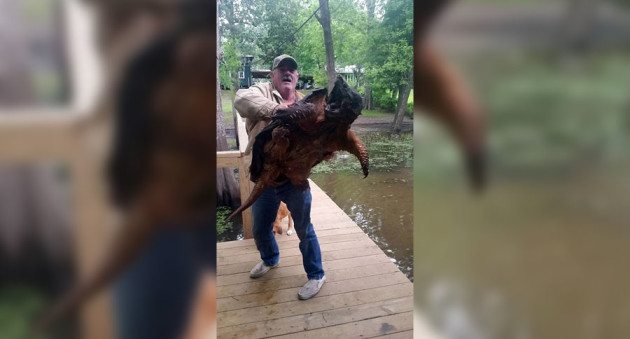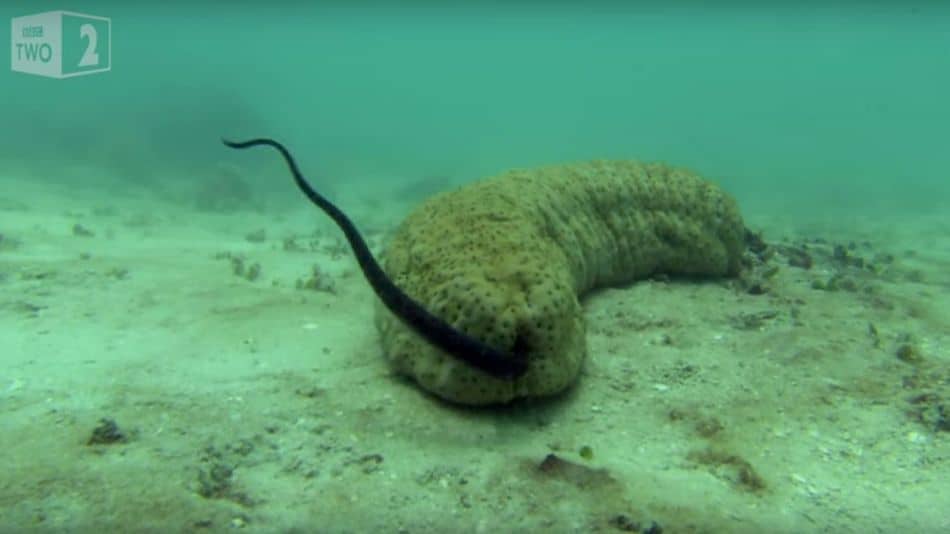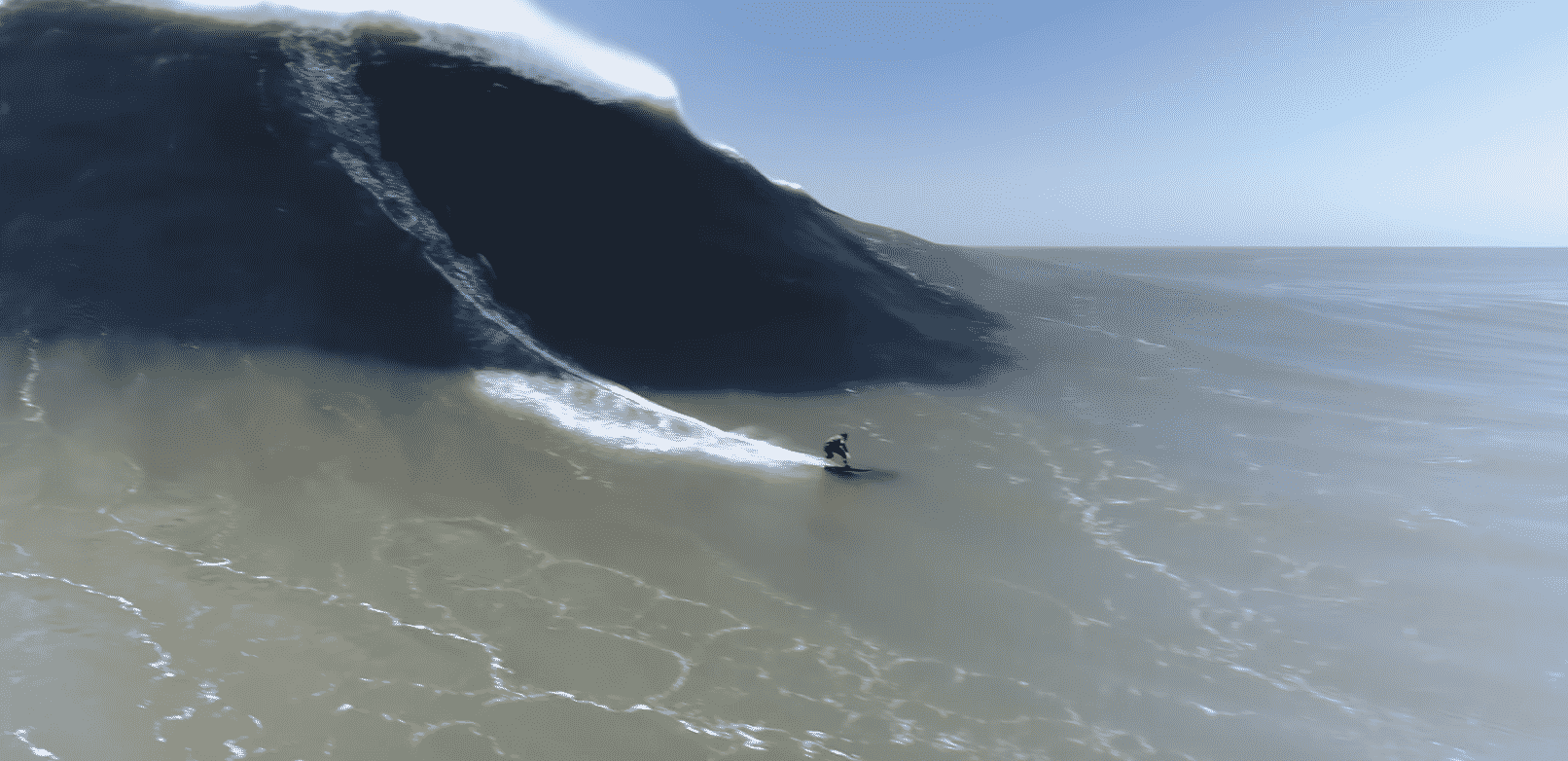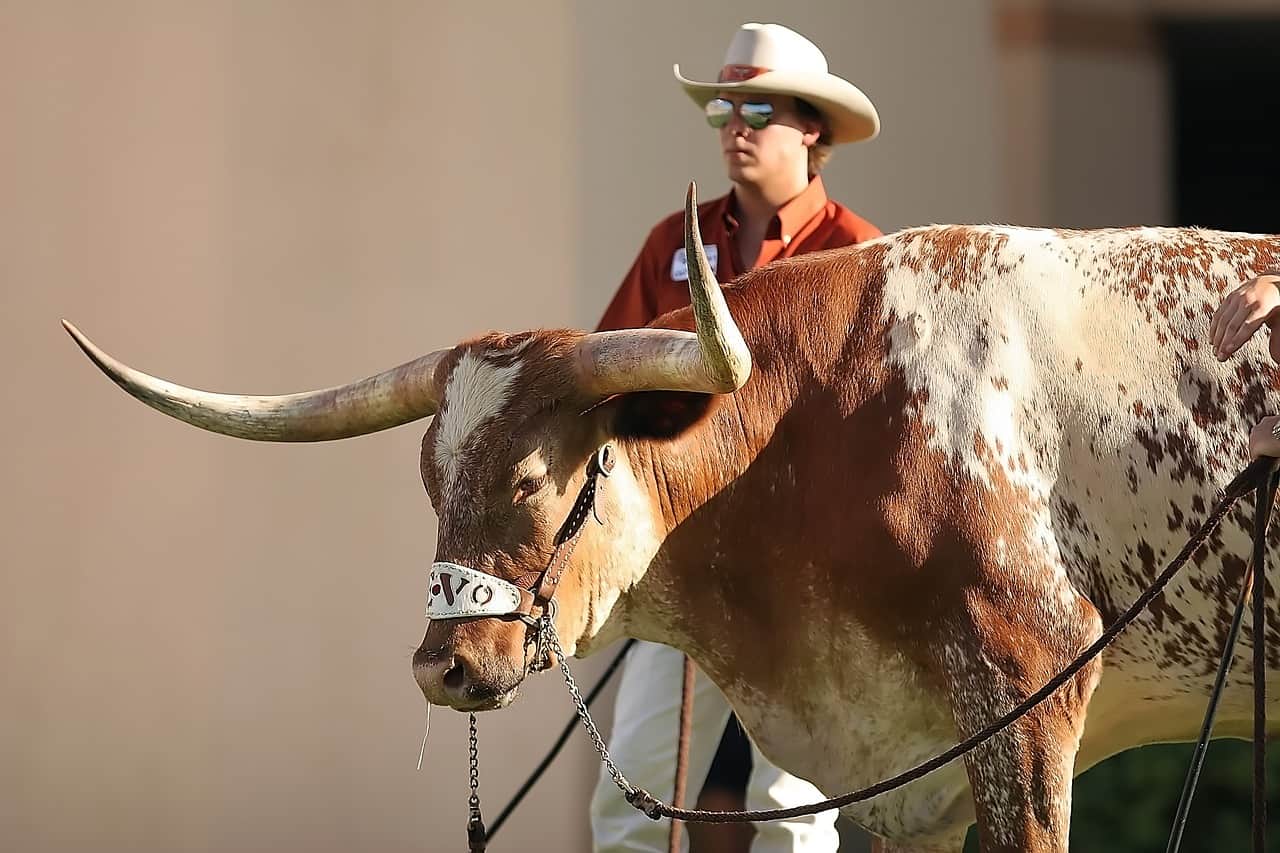
Didii Ishalook assumed he had harvested a small polar bear when he downed what looked like a small polar bear in Arviat, located on Hudson Bay, Canada.
Upon closer inspection, he realized it wasn’t just a polar bear, but some type of “half-breed.”

Image: theGuardian.com
“It looks like a polar bear but it’s got brown paws and big claws like a grizzly,” Ishalook told the Guardian. “And the shape of a grizzly head.”
Dubbed either a “grolar bear” or a “grizzly bear” – these hybrids have become more common in recent years as a result of warmer temperatures driving grizzly bears further north.
“The combination of warmer temperatures and vegetation growth means there is more overlap between the species and I’d expect that overlap to increase,” said Chris Servheen, a grizzly bear expert at the University of Montana.
These warmer temperatures are also causing sea ice to disappear, which is driving polar bears south, increasing interactions between the two species.
“We didn’t see it much in the past but we are now. The two species are very similar genetically so males of both species will be attracted to females, which is why we are seeing a mix-up in the breeding.”

Image: RT.com







